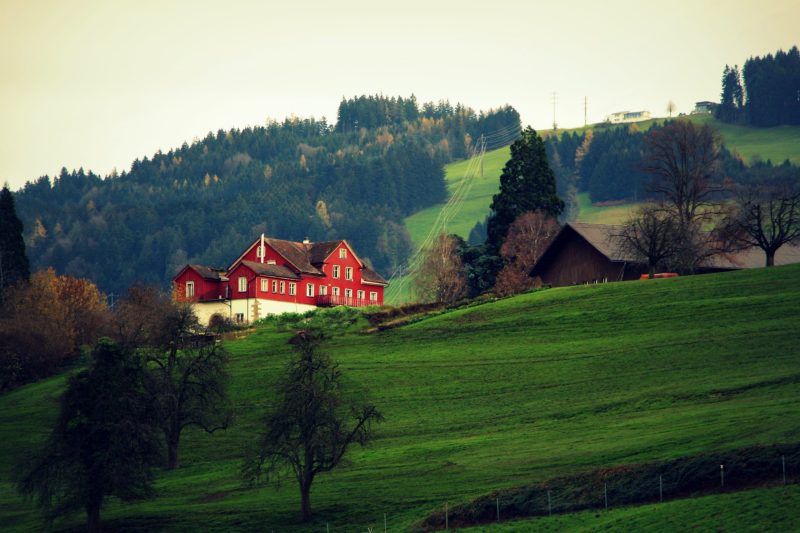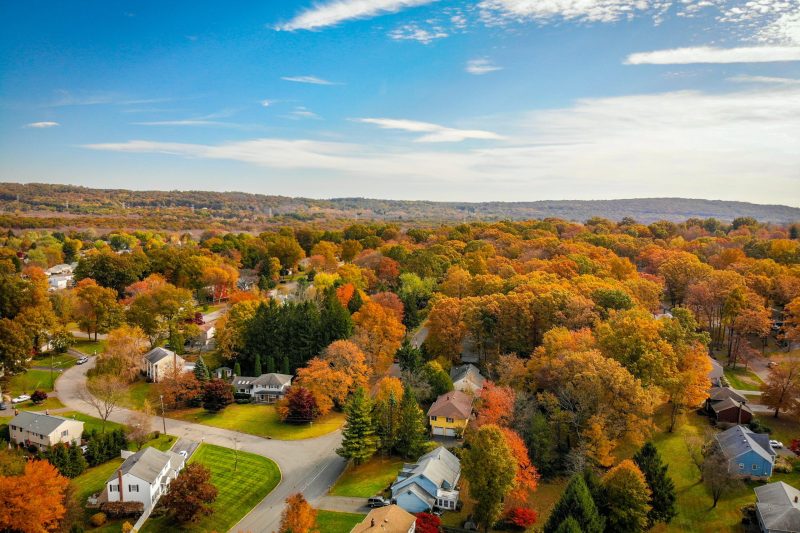Colorado USDA Loan Guide
“Unlock the Power of USDA Mortgages with Smart Mortgage!”
Colorado USDA Home Loan Guide
What is a Colorado USDA Mortgage?
Welcome to the Smart Mortgage guide on USDA Mortgages. Navigating the home financing world can be a daunting task, but understanding the various mortgage options available can significantly streamline the process. One such option that you might not be familiar with is the Colorado USDA mortgage. Let’s dive in.
1. Overview
A USDA mortgage, formally known as the USDA Rural Development Guaranteed Housing Loan, is a mortgage loan offered to rural property owners by the United States Department of Agriculture (USDA). Designed primarily to promote Colorado homeownership in rural and some suburban areas, the Colorado USDA loan comes with a range of benefits that make it a viable option for eligible homebuyers.
2. Key Features
- No Down Payment: One of the standout features of a USDA loan in Colorado is the possibility of financing up to 100% of the home’s price. This means eligible borrowers can buy Colorado home with no down payment.
- Competitive Interest Rates: Typically, USDA loans come with interest rates that are either at or below the market rate.
- Flexible Credit Guidelines: USDA loans often have more lenient credit requirements, which can be beneficial for those with a less than perfect credit history.
Colorado USDA Loan Questions Call (888)416-4805
Get cash from your home.
Apply to see how a cash out refinance can help you.
Homebuyer Seminars
Discover the keys to homeownership at our local home buying seminar – your first step towards securing your dream home!
See our home loans.
Explore our diverse range of home loan programs tailored to fit your unique needs!
3. Eligibility Criteria
To be eligible for a Colorado USDA mortgage, borrowers must meet certain requirements:
- Location: The Colorado property must be located in an eligible rural or certain suburban area as defined by the USDA.
- Income Limits: There are specific income requirements, both minimum and maximum, based on the median income of the area.
- Creditworthiness: While the USDA is generally more lenient with credit scores, a certain credit standard must still be met.
- Primary Residence: The borrower must occupy the home as their primary residence.
4. Benefits of a USDA Mortgage
- Affordability: With no down payment and the potential for lower mortgage insurance premiums, a Colorado USDA loan can be more affordable in the long run.
- Inclusive: It’s a great option for Colorado first-time homebuyers or those without a substantial savings for a down payment.
- Supporting Rural Development: By opting for a USDA mortgage, you’re indirectly supporting the development and sustainability of rural communities.
5. How Smart Mortgage Can Help
Navigating the intricacies of USDA mortgages in Colorado can be challenging. That’s where Smart Mortgage steps in. Our team of seasoned USDA mortgage professionals is here to guide you through every step, ensuring you make informed decisions tailored to your needs. Whether you have questions about your eligibility or the application process, we’re here to help.
Take the Next Step Interested in exploring if a Colorado USDA mortgage is right for you? Get in touch with our Smart Mortgage team today at (888)416-4805. We’re committed to helping you find the best mortgage solution for your unique situation.
Do you need a Pre-Approval?
We are here to help! Get a same day Colorado USDA pre-approval to shop for your dream home!
Mortgage Resource Center

Why Veterans Might Opt for USDA Loans Over VA Loans
Title: Exploring the Choice: Why Veterans Might Opt for USDA Loans Over VA Loans Introduction When it comes to home financing options for Read more
Government Rural Home Loans: A Rising Trend Heading into 2024
Introduction As we approach 2024, government rural home loans are gaining significant traction, offering promising opportunities for individuals Read moreMore information About Colorado
Colorado (/ˌkɒləˈrædoʊ, -ˈrɑːdoʊ/ ⓘ, other variants) is a state in the Mountain West subregion of the Western United States. It encompasses most of the Southern Rocky Mountains, as well as the northeastern portion of the Colorado Plateau and the western edge of the Great Plains. Colorado is the eighth most extensive and 21st most populous U.S. state. The United States Census Bureau estimated the population of Colorado at 5,839,926 as of July 1, 2022, a 1.15% increase since the 2020 United States census.
The region has been inhabited by Native Americans and their ancestors for at least 13,500 years and possibly much longer. The eastern edge of the Rocky Mountains was a major migration route for early peoples who spread throughout the Americas. In 1848, much of the region was annexed to the United States with the Treaty of Guadalupe Hidalgo. The Pike’s Peak Gold Rush of 1858–1862 created an influx of settlers. On February 28, 1861, U.S. President James Buchanan signed an act creating the Territory of Colorado, and on August 1, 1876, President Ulysses S. Grant signed Proclamation 230 admitting Colorado to the Union as the 38th state. The Spanish adjective “colorado” means “colored red” or “ruddy”. Colorado is nicknamed the “Centennial State” because it became a state one century (and four weeks) after the signing of the United States Declaration of Independence.
Colorado is bordered by Wyoming to the north, Nebraska to the northeast, Kansas to the east, Oklahoma to the southeast, New Mexico to the south, Utah to the west, and touches Arizona to the southwest at the Four Corners. Colorado is noted for its landscape of mountains, forests, high plains, mesas, canyons, plateaus, rivers, and desert lands. Colorado is one of the Mountain States and is often considered to be part of the southwestern United States. The high plains of Colorado may be considered a part of the midwestern United States.
Denver is the capital, the most populous city, and the center of the Front Range Urban Corridor. Colorado Springs is the second most populous city. Residents of the state are known as Coloradans, although the antiquated “Coloradoan” is occasionally used. Major parts of the economy include government and defense, mining, agriculture, tourism, and increasingly other kinds of manufacturing. With increasing temperatures and decreasing water availability, Colorado’s agriculture, forestry, and tourism economies are expected to be heavily affected by climate change.
The region that is today the State of Colorado has been inhabited by Native Americans and their Paleoamerican ancestors for at least 13,500 years and possibly more than 37,000 years. The eastern edge of the Rocky Mountains was a major migration route that was important to the spread of early peoples throughout the Americas. The Lindenmeier site in Larimer County contains artifacts dating from approximately 8720 BCE. The Ancient Pueblo peoples lived in the valleys and mesas of the Colorado Plateau. The Ute Nation inhabited the mountain valleys of the Southern Rocky Mountains and the Western Rocky Mountains, even as far east as the Front Range of the present day. The Apache and the Comanche also inhabited the Eastern and Southeastern parts of the state. In the 17th century, the Arapaho and Cheyenne moved west from the Great Lakes region to hunt across the High Plains of Colorado and Wyoming.
We Service the Following Areas







